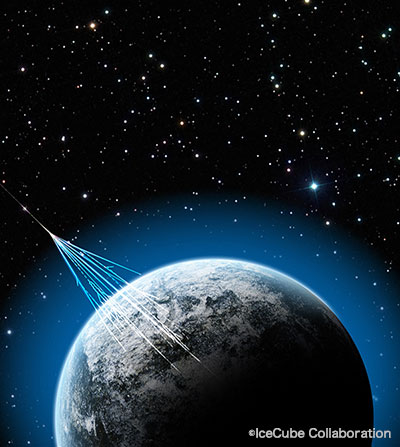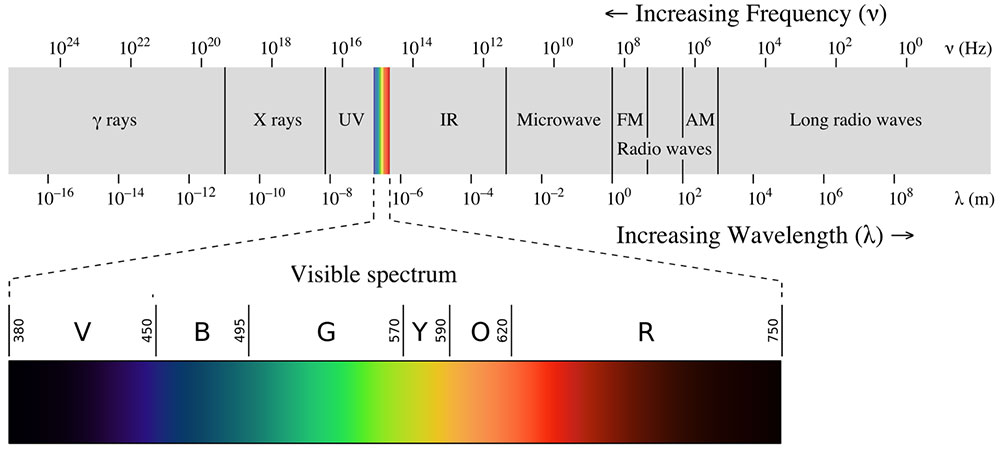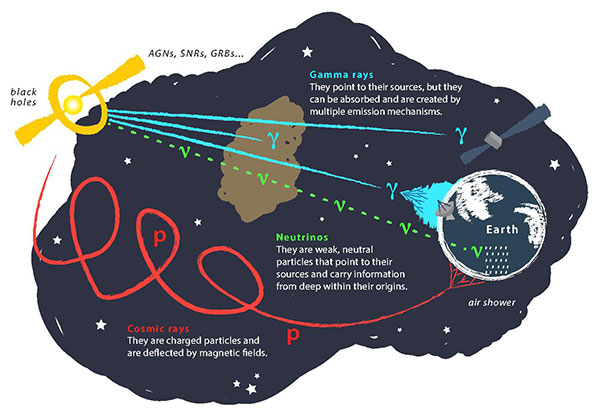Multi-messenger Astronomy is the astronomy with measuring not just photons in various wavelengths but also non-photon signals such as neutrinos and gravitational waves.

Astronomy has developed by the optical observations relying on the optical light that can be seen by human eyes. It started with the telescope made by Galileo Galilei who is famous as the father of astronomy, which made us see and understand the Universe much better than before.
However, the Universe is always obscured by fog in the optical band and so there is a limit in the optical observation that cannot be overcome, even if we improve the precision and sensitivity of the telescopes.

In the 20th century, the shape of astronomy has evolved much. The instruments in wavebands other than the optical band have been developed, which has enabled astronomical observations with other electromagnetic radiations other than optical, such as radio,X-rayandgamma rays. This, astronomy with various light / electromagnetic radiation, is called a multi-wavelength astronomy.
On the other hand, the light is just one of the elementary particles known to date. It is already known that more types of particles are emitted from astronomical objects. In particular, neutrinos and gravitational waves can travel in space due to the lack of charge. It has been broadly expected that one can perform an astronomy of the origin of the radiations, if these particles can be detected on the Earth. Such an astronomy using even the messengers other than the electromagnetic radiation is called “multi-messenger astronomy”.

Finally in the 21st century, it became realistic to detect (high-energy) neutrinos and gravitational waves, and it has come true in 2017. In Aug 2017, a signal of gravitational waves was detected simultaneously from the same direction as another transient object called gamma-ray burst. Then in Sep 2017, an event of high-energy neutrino was detected simultaneously from the same direction as another transient object called a blazar.